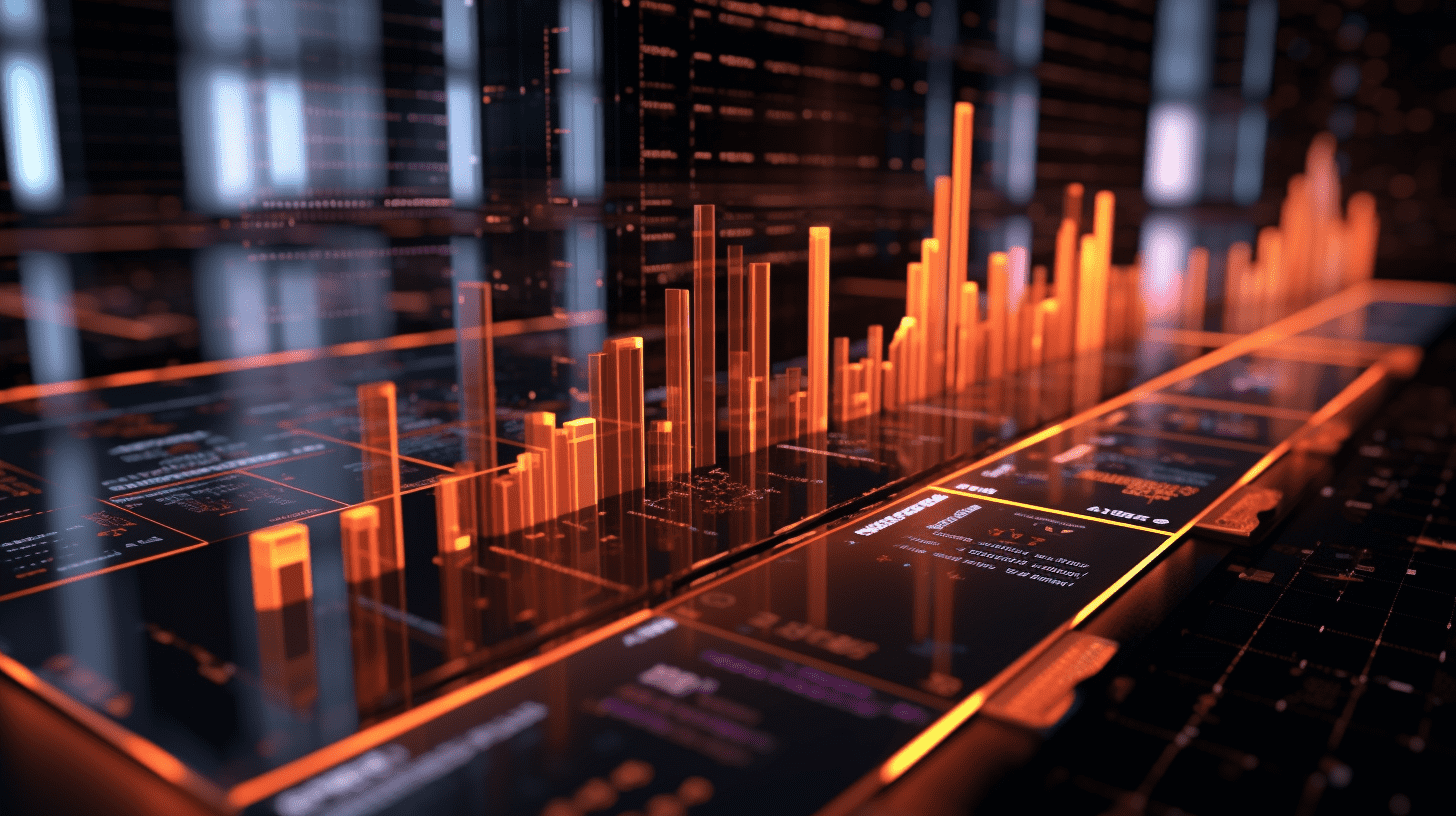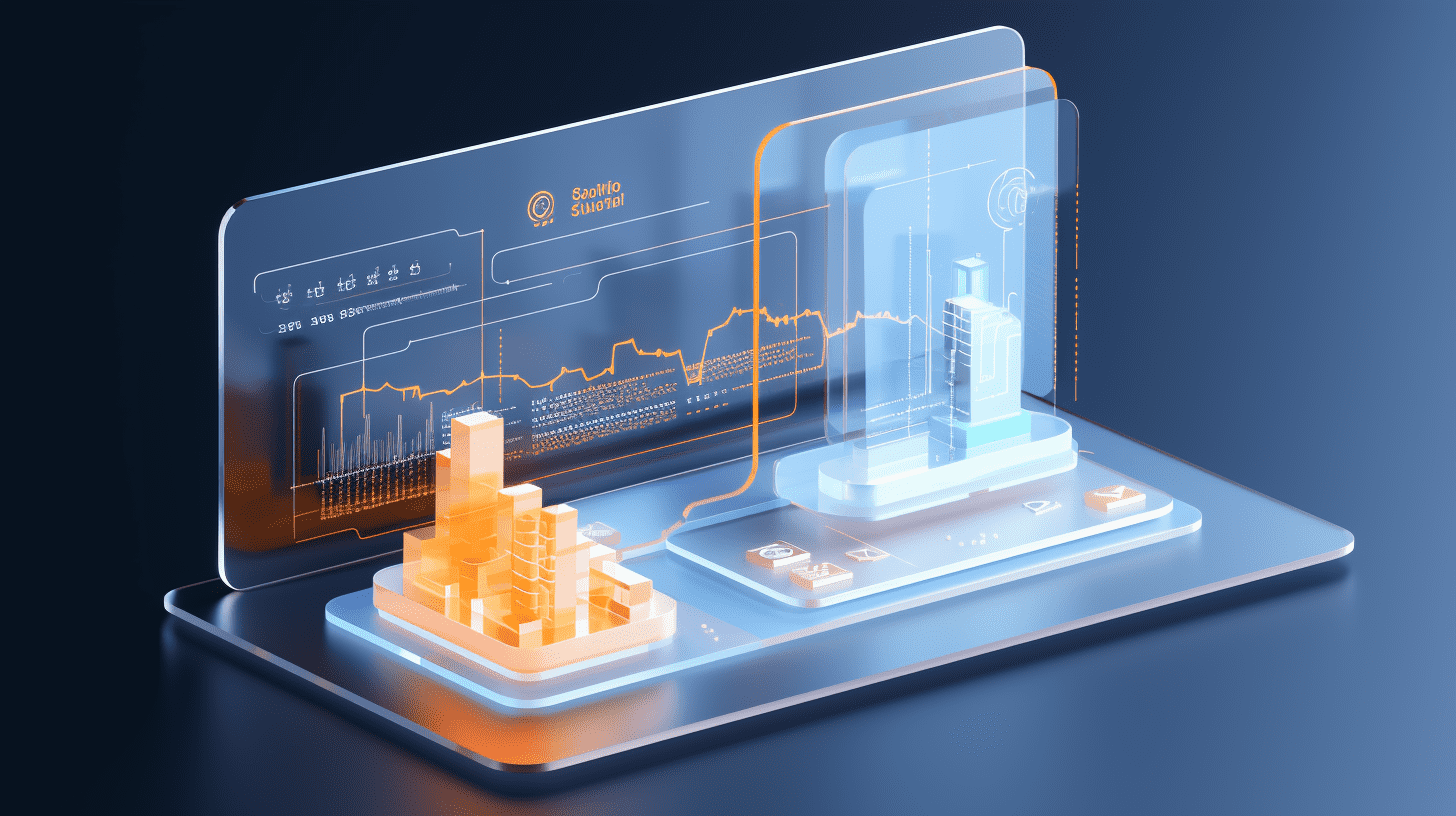Preview of US Stock Market | The three major stock index futures fell together, and tonight's non-farm data is coming.
Before the U.S stock market opened on Friday, August 1st, the futures of the three major U.S stock indices all fell.
1. Before the opening of the US stock market on August 1st (Friday), the futures of the three major US stock indexes fell together. As of the time of writing, Dow futures fell by 0.84%, S&P 500 futures fell by 0.86%, and Nasdaq futures fell by 0.98%.
2. As of the time of writing, the German DAX index fell by 1.91%, the UK FTSE 100 index fell by 0.52%, the French CAC 40 index fell by 2.11%, and the Euro Stoxx 50 index fell by 1.92%.
3. As of the time of writing, WTI crude oil fell by 0.65%, trading at $68.81 per barrel. Brent crude oil fell by 0.68%, trading at $71.21 per barrel.
Market News
The cooling warning for non-farm payrolls is back. The July employment report, which is expected to be released at 8:30 pm Beijing time on Friday, is expected to show an addition of 110,000 jobs, a significant decrease from June's 147,000; the unemployment rate is expected to rise from 4.1% to 4.2%; and the average hourly wage rate is expected to increase by 0.3%, higher than June's 0.2%. If the predictions are accurate, this will reinforce the view of a slowing job market, although it may not necessarily require a response from the Federal Reserve. According to US Bureau of Labor Statistics data, as of June, the US has been adding between 102,000 and 158,000 jobs per month. This steady growth is widely considered to have reached a "break-even point," where new jobs and labor force growth are in sync, thus maintaining a stable unemployment rate.
The Fed's Barkin stated that the job market's "break-even point" at the end of June has now returned to around 80,000-100,000 jobs per month.
Trump: If Powell doesn't cut rates, the Council should take control. US President Trump: Jerome Powell, a stubborn fool, must now substantially lower interest rates. If he continues to refuse (rate cuts), the Council should take control and do what everyone knows must be done!
US to consider insurance coverage for weight loss drugs. In a five-year trial planned by the Trump administration, some obese Americans participating in Medicaid and Medicare programs may receive expensive weight loss drugs. According to documents from the Centers for Medicare and Medicaid Services, under the proposed plan, state Medicaid plans and Medicare Part D prescription drug plans will be able to voluntarily choose to include Ozempic, Wegovy, Mounjaro, and Zepbound for patients for "weight management" purposes. This is a strong signal that the government will broaden the coverage of GLP-1 drugs through government insurance programs. According to the documents, the trial is expected to begin in April 2026 for Medicaid plans and in January 2027 for Medicare plans.
Trump delays effective date of equal tariffs by one week to August 7th. On Thursday evening, local time, US President Trump signed an executive order imposing tariffs of 15% to 41% on goods exported to the US from 67 trade partners, raising tariffs to the highest levels in over a century. However, the new tariffs will not take effect until August 7th, as opposed to the previously scheduled August 1st, giving countries another window to attempt to negotiate lower tariffs. A senior government official said, "This is historic, this is a new trading system, this is what I call Trump negotiating." White House officials said Thursday evening that they hope to reach more agreements with other countries before the new tariff implementation date of August 7th.
Tariff clouds + the approaching low season lead to Wall Street's "smart money" accelerating its exit from US stocks. Despite the S&P 500 index continuing its climb towards historic highs, Wall Street's "smart money" remains steadfast in its bearish stance. The latest report from Goldman Sachs Group, Inc.'s prime brokerage division shows that hedge funds have been consistently reducing their holdings of US stocks over the past four weeks, with the sell-off magnitude far exceeding short covering. Of particular note is that, ahead of the earnings season for the technology, media, and telecommunications sectors, funds are cutting related positions at the fastest pace in a year - these sectors have been the main driving force behind the stock market rebound since April. This cautious approach helped hedge funds successfully avoid the sell-off caused by the tariff tensions in April. While missing out on some of the gains from the S&P 500 index reaching new highs in July, the retreat of these market's most astute participants is worth noting as trade war concerns persist and the traditional low season for US stocks approaches.
Former JP Morgan Chief Strategist warns: US stocks near "bubble peak"! Former Chief Strategist at Morgan Stanley, Marko Kolanovic, has issued a warning, stating that he sees a continuously expanding market bubble in US stocks, with the main reason being the excessive influence of large tech stocks. According to Kolanovic, the recent significant increase in valuations is distorting the true state of market strength, with the rise in stock prices of some tech giants leading to an overall overvaluation of the US stock market. Kolanovic stated: "Basically, when the market capitalization of those largest tech companies (such as Microsoft Corporation (MSFT.US), NVIDIA Corporation (NVDA.US)) exceeds the market capitalization of the entire US industry group or major national indexes overnight, or achieves the total market capitalization of the entire S&P small-cap index within three months (such as NVIDIA Corporation), it indicates that we are approaching the bubble peak."
Stock News
Exxon Mobil Corporation (XOM.US) Q2 earnings beat expectations, maintains $20 billion buyback program. Exxon Mobil Corporation's second-quarter financial performance exceeded expectations, with adjusted earnings per share reaching $1.64, 8 cents higher than the market's median forecast. The company is maintaining its annual $20 billion stock buyback program, demonstrating its commitment to providing ongoing returns to shareholders. Despite a nearly $20 per barrel year-on-year decline in international crude oil prices during the same period, which dragged down profits by $4.3 billion due to lower commodity prices and refining margins, the growth in production from the Permian Basin and Guyana key projects contributed $1.1 billion in revenue, in addition to $1.1 billion in cost reductions, partially offsetting the pressure on profits. In addition, Exxon Mobil Corporation has paid off $4.7 billion in debt this year and plans to further reduce annual spending by $4.5 billion by 2030. CEO Darren Woods has clearly stated the company's focus on "value-creating" mergers and acquisitions rather than simple production increases, highlighting its differentiated strategy.
Chevron Corporation (CVX.US) Q2 profits beat expectations, record production and cost control support performance. Chevron Corporation's second-quarter financial performance exceeded expectations, with adjusted earnings reaching $3.1 billion (or $1.77 per share), surpassing analysts' forecast of $1.70. Global oil production increased to 3.4 million barrels of oil equivalent per day, with production from the Permian Basin in the US exceeding 1 million barrels of oil equivalent per day. While profits from oil and gas production fell by 40% year-on-year to $2.7 billion (compared to $4.5 billion in the same period last year), capital expenditures decreased by 7.5%, and the company plans to cut costs by up to $3 billion by the end of next year (including job cuts). The company paid $2.9 billion in dividends this quarter, repurchased $2.6 billion in stocks, and maintained its target of $10-20 billion in annual buybacks.
Strong iPhone sales and a rebound in the Chinese market drive Apple Inc.'s (AAPL.US) Q3 revenue growth to the fastest pace in over three years. Apple Inc. reported its fastest revenue growth in nearly three years in the third fiscal quarter, far exceeding Wall Street's expectations, thanks to a resurgence in demand for iPhone and related products in China. The company stated in a statement on Thursday that revenue grew by 9.6% year-on-year in the quarter ending June 28 (the fastest growth since December 2021), reaching $94 billion, compared to analysts' average estimate of $89.3 billion. Earnings per share for the third quarter reached $1.57, surpassing the average forecast of $1.43, compared to $1.40 in the same period last year. Looking ahead, for the fiscal quarter ending in September, Apple Inc. expects overall revenue to grow by 10% to 20%.
AWS growth of 17% lags behind competitors, as Amazon.com, Inc.'s (AMZN.US) massive AI investment effectiveness is questioned. Amazon.com, Inc. announced that its third-quarter operating profit guidance is lower than expected, and cloud business growth is lagging behind competitors, leading investors to question whether the company's significant investment in artificial intelligence has paid off. Data shows that in the second quarter, Amazon.com, Inc.'s total revenue grew by 13% to $167.7 billion, far exceeding the market's average estimate of $162.1 billion. Earnings per share were $1.68, surpassing the market's average estimate of $1.33. Of note, Amazon.com, Inc.'s cloud computing service provider, Amazon Web Services (AWS), saw revenue growth just above 17%, reaching $30.9 billion, slightly higher than the analyst's average forecast of $30.8 billion.
Vale S.A. Sponsored ADR (VALE.US) reports a 6% increase in Q2 net profit, boosted by a surge in iron ore production and announces a $14 billion shareholder dividend. Vale S.A. Sponsored ADR reported revenue of $8.804 billion for Q2, an 11% year-on-year decrease; net profit attributable to shareholders was $2.117 billion, a 6% year-on-year increase. Pro Forma EBITDA was $3.424 billion, a 14% year-on-year decrease, but better than the market's expected $3.31 billion; adjusted EBITDA was $3.386 billion, a 15% year-on-year decrease. Vale S.A. Sponsored ADR's profits largely depend on its iron ore business, which accounts for about 80% of its revenue. The Brazilian mining company achieved iron ore production of 83.6 million metric tons in the second quarter, exceeding expectations, despite a decrease in sales volume and actual prices due to low steel profit margins.
Li Auto (LI.US) reports a 60.8% year-on-year increase in Q2 revenue, with Robotaxi revenue reaching the highest level since 2021. Li Auto reported Q2 revenue of $17.8 million, a 60.8% year-on-year increase. Adjusted net loss per ADS was RMB 1.35 (or $0.18), compared to RMB 10.11 in the same period in 2024. The net loss for the second quarter was RMB 406.4 million (or $57.0 million), compared to RMB 413.6 million in the same period in 2024. Revenue from the self-driving robotaxi service increased by 836.7% year-on-year in the second quarter, reaching $6.4 million, the highest level since the company's inception, accounting for 36.1% of total revenue and the highest concentration since 2021. R&D expenses for the quarter were RMB 318.9 million (or $44.5 million), compared to RMB 239.6 million in the same period in 2024. Excluding stock-based compensation, R&D expenses were RMB 280.3 million, a 50.5% increase from RMB 186.3 million in the same period in 2024.
First Solar Energy (FSLR.US) raises full-year performance guidance, citing stronger competitive advantage from Trump's policies. First Solar Energy reported Q2 net sales of $1.1 billion, beating the market's expected $1.02 billion; diluted earnings per share were $3.18, surpassing the market's expected $2.60. Looking ahead, First Solar Energy forecasts that net sales for 2025 will range from $4.9 billion to $5.7 billion, up from the prior forecast of $4.5 billion to $5.5 billion; gross profit is expected to be $2.05 billion to $2.35 billion (previously $1.96 billion to $2.47 billion), with operating profit of $1.53 billion to $1.87 billion (previously $1.45 billion to $2.0 billion).
Related Articles

US Stock Market Move | Quantum concept stocks rise: Quantum Computing (QUBT.US) up nearly 5%

US Stock Market Move | TAL Education Group Sponsored ADR Class A (TAL.US) rose more than 2% as its revenue for the first quarter of the 2026 fiscal year increased by nearly 40% year-on-year.

CMBC CAPITAL (01141) affiliated purchase of bonds in the amount of 10 million US dollars.
US Stock Market Move | Quantum concept stocks rise: Quantum Computing (QUBT.US) up nearly 5%

US Stock Market Move | TAL Education Group Sponsored ADR Class A (TAL.US) rose more than 2% as its revenue for the first quarter of the 2026 fiscal year increased by nearly 40% year-on-year.

CMBC CAPITAL (01141) affiliated purchase of bonds in the amount of 10 million US dollars.

RECOMMEND

EU Defers Two Retaliatory Measures Against U.S. Tariffs by Six Months to Facilitate Trade Negotiations
05/08/2025

July Special Bond Issuance Reaches Year-to-Date Peak, Poised to Reinforce Infrastructure Investment
05/08/2025

Inbound Tourism Accelerates as China’s Travel Service Exports Jump Nearly 70% in H1
05/08/2025


